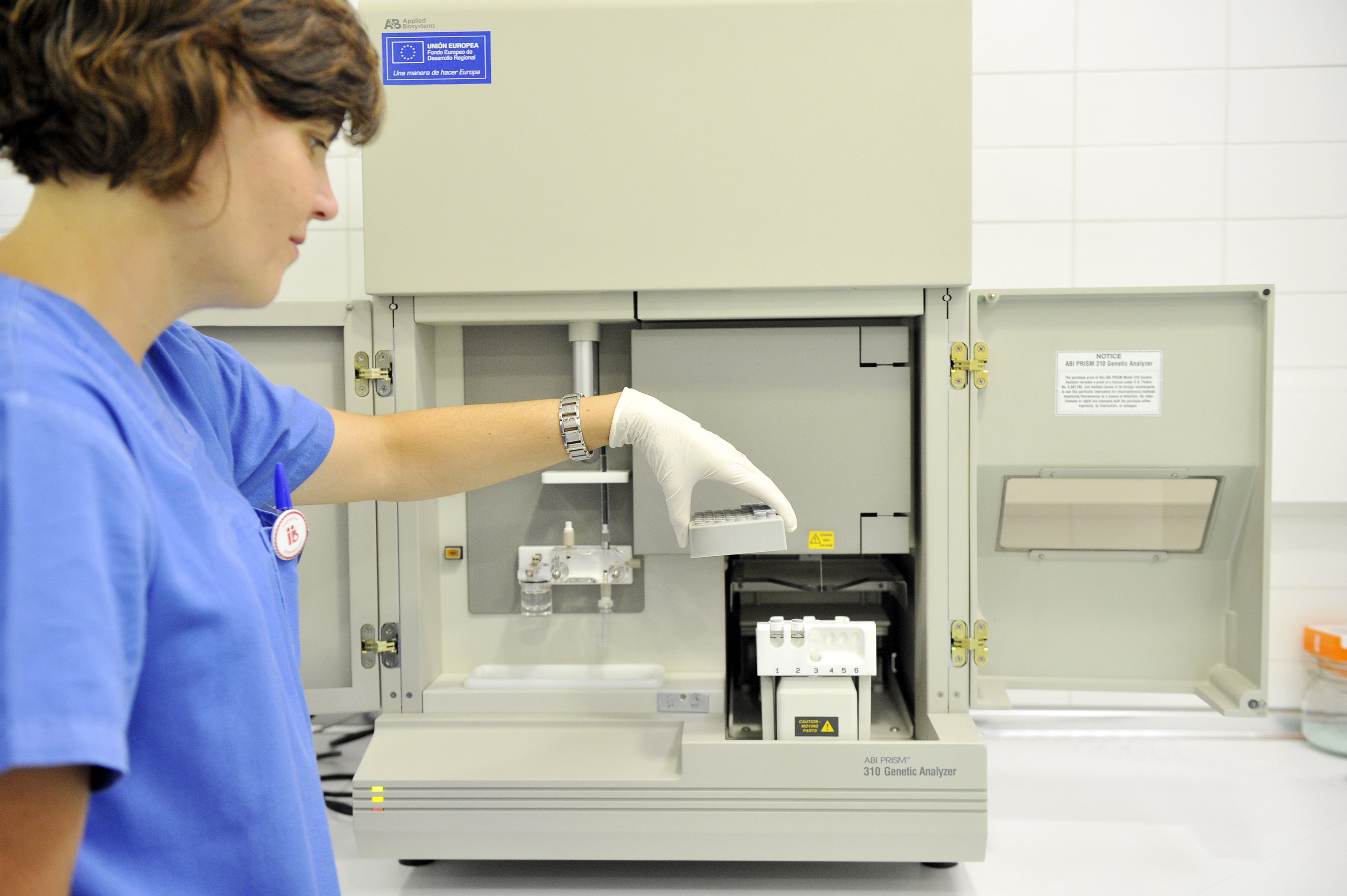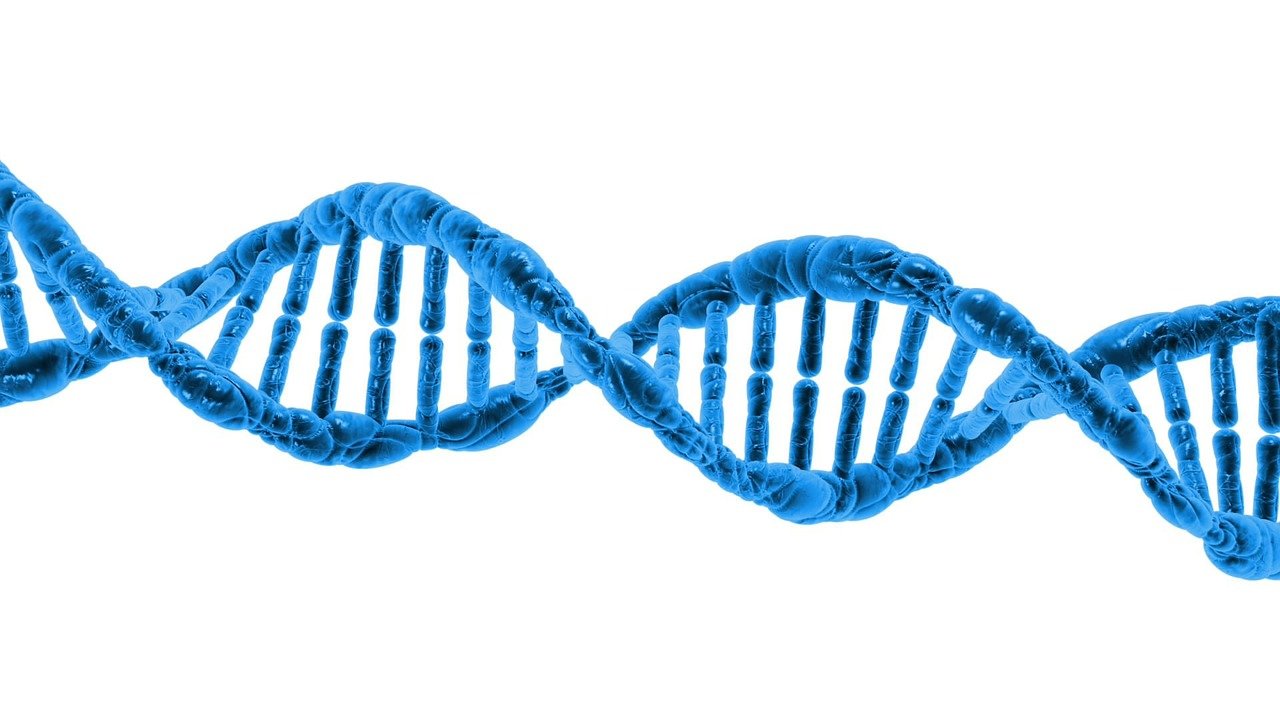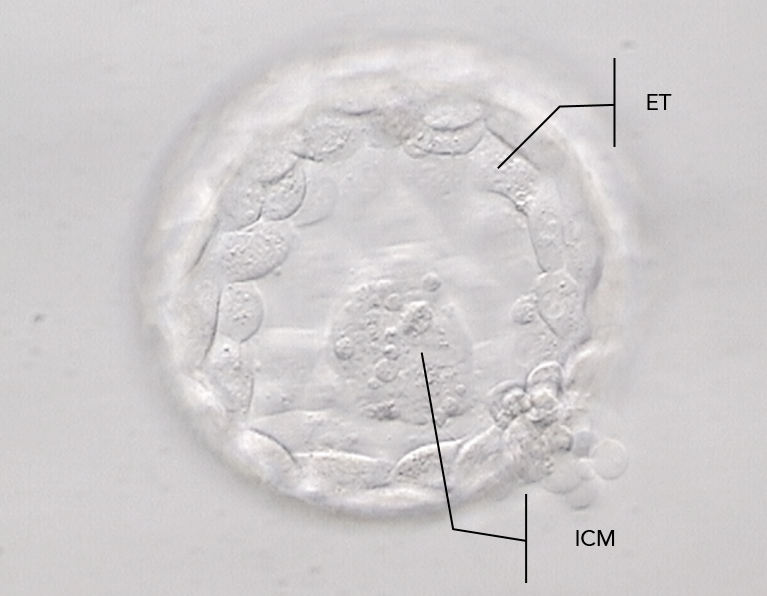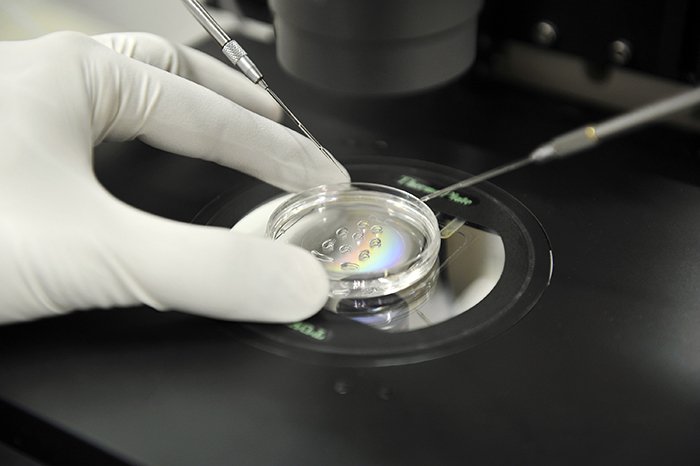Latest news
Instituto Bernabeu Research: The effect of embryo biopsy during the freezing and thawing processes.
Progress in embryo cryopreservation techniques have helped to obtain excellent survival rates in the different embryo stages. The embryo selection strategy using embryo genetic diagnosis means that, on occasions, we have to cryopreserve embryos. Additionally, and on the whole, working with chromosomally normal embryos means being able to opt for transfer of a single, fresh embryo whilst using cryopreservation for the remaining embryos with no chromosomal abnormalities. For the patients, the financial and emotional input which treatment with embryo biopsy involves is huge and this is why we recommend an exhaustive follow-up of how those embryos which have undergone cryopreservation respond to vitrification.
IB Research: The POLG genetic variant and its relation to low ovarian reserve.
DNA is the molecule which stores the instructions which enable living beings to develop and function. These instructions are embedded in DNA using a four-letter code (A, T, G and C). The integrity and reliability of the information stored in DNA is essential in ensuring that our cells work correctly.
For over three decades, morphological analysis has been the most efficient and most used manner of studying embryo quality. Nowadays, Comprehensive Chromosomal Screening (CCS) is also possible and this enables all embryo chromosomes to be studied. Some research appears to demonstrate that embryo classification based on morphological criteria may change by selecting embryos which are apt for transfer amongst those which have undergone CCS analysis. In our research, we aimed to provide more concrete data on which parameters of embryo morphology might have prognosis qualities following CCS.
Hatched embryo transfer following biopsy does not alter implantation success rates.
The use of comprehensive chromosome screening (CCS) during the blastocyst stage has led to big changes in in vitro fertilisation (IVF) clinics. The transfer of fresh embryos is generally put on hold for one day until the results of chromosomal diagnosis are available. This means that many of the blastocysts have already hatched and have to be transferred or undergo vitrification on day 6 of development.



